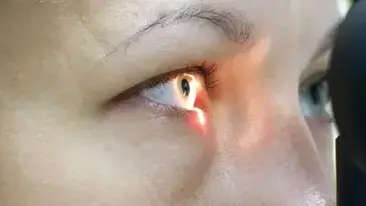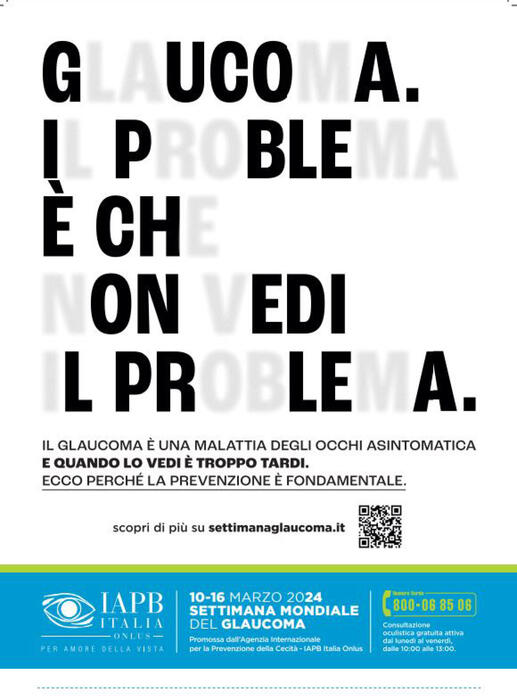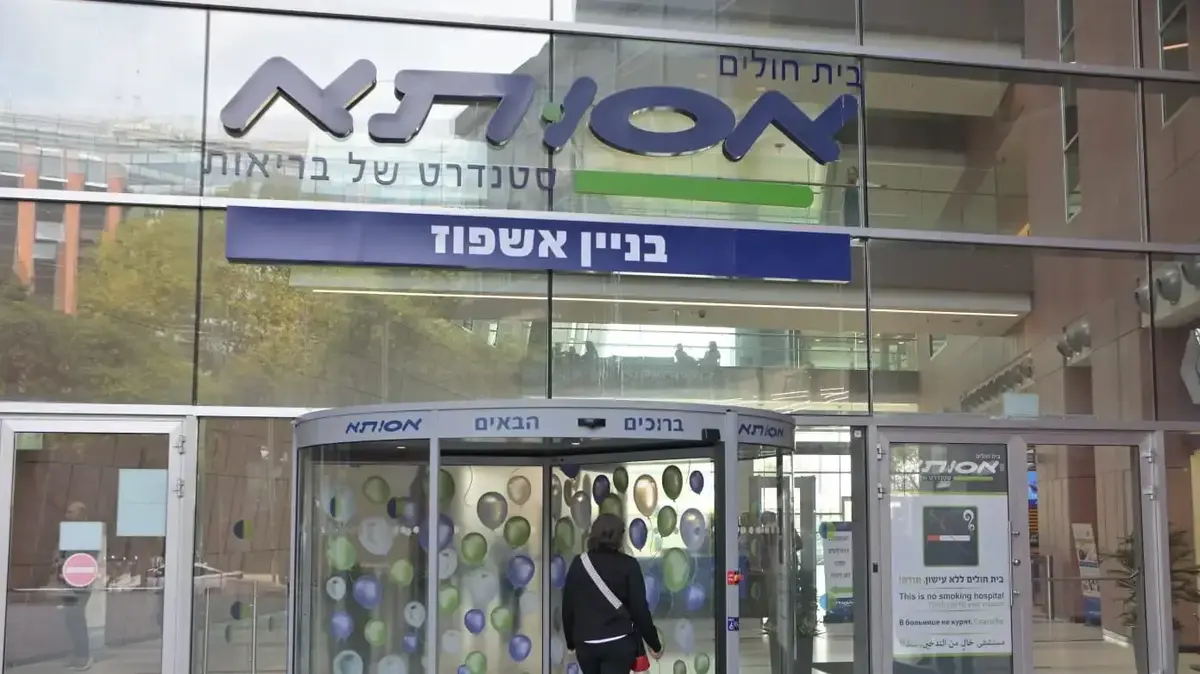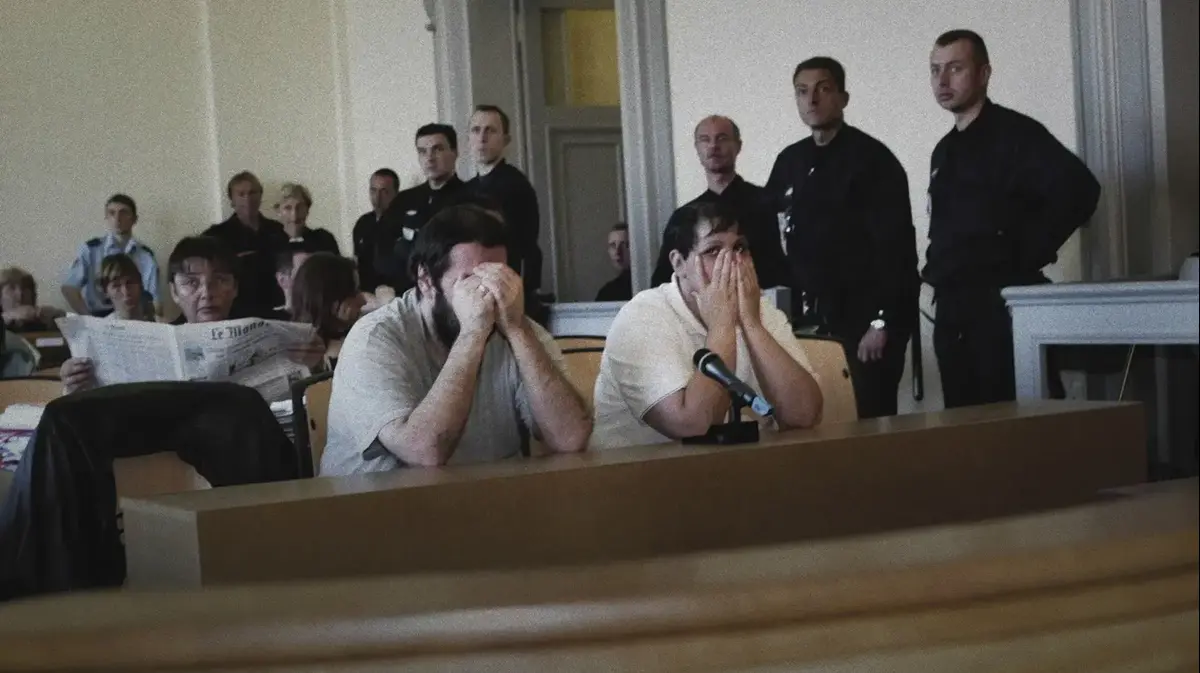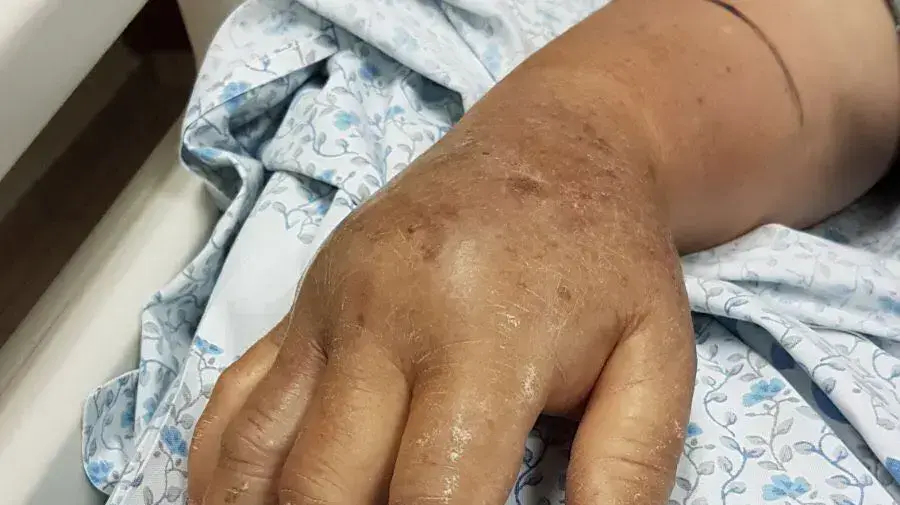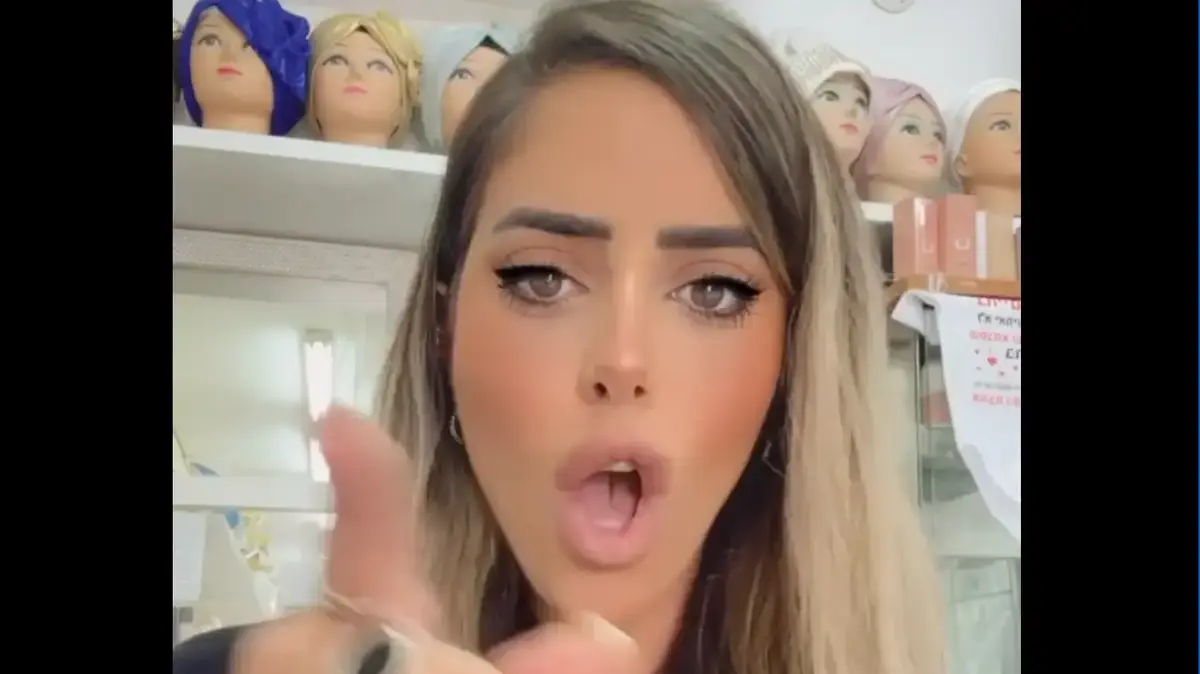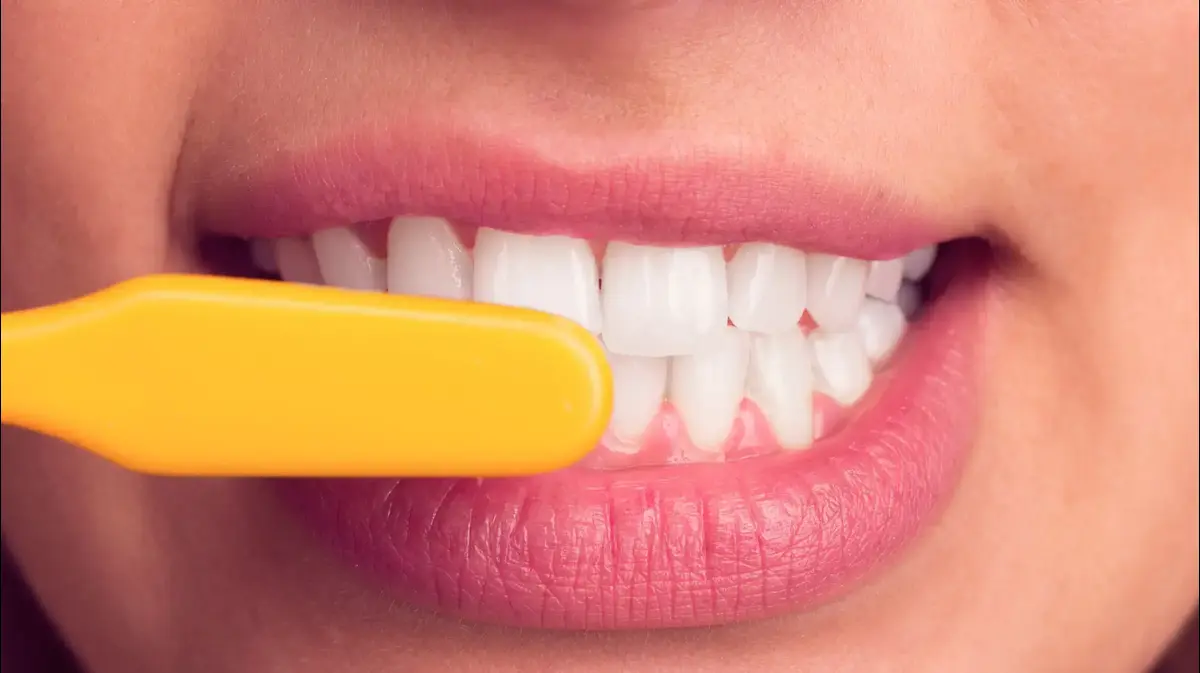health
My health
Doctor, what have I got
Things you did not know about the number one cause of irreversible blindness
International Vision Day is taking place today, and it is a good idea to talk about glaucoma - a disease that damages the optic nerve and can lead to blindness.
A specialist ophthalmologist explains everything there is to know about the disease that tens of millions of people around the world suffer from
Tags
blindness
glaucoma
Eyes
Dr. Alon Skaat
Thursday, 14 October 2021, 11:16 Updated: 11:54
Share on Facebook
Share on WhatsApp
Share on general
Share on general
Share on Twitter
Share on Email
0 comments
The sense of sight is one of the five most important senses in our body (and some would say the most important) and yet many take sight for granted.
But even if you are blessed with a perfect vision, it is important to remember that its quality decreases over the years.
This refers not only to a condition of myopia that requires glasses or the need for reading glasses, but also to eye diseases that can impair vision and require proper diagnosis and treatment at the right time.
One of these diseases is glaucoma.
In fact, glaucoma is not a single disease, but a group of eye diseases, all of which have in common damage to the optic nerve.
This disease is the number one cause of irreversible blindness in the world.
About 70 million people are sick with it, and that number is expected to grow as the world's population ages.
More on Walla!
5 damages that rubbing your eyes can do to you
To the full article
Here are some common myths about this disease:
1. Glaucoma is a disease of the elderly: not true.
Some people have glaucoma in their 40s.
The recommendation is to be checked regularly by an ophthalmologist from this age, in order to detect and treat the disease in time.
If there is a family history of glaucoma it is advisable to get tested even earlier.
There are also relatively rare cases of congenital glaucoma, in which the disease is diagnosed at a very young age.
The range of vision of glaucoma patients (Photo: JML Photography)
2. It is easy to notice the damage of glaucoma: not true.
Glaucoma occurs when there is a problem with the drainage channels of the fluid inside the eye. Fluid forms inside the eye regularly and drains out of the eye through an intraocular "strainer". Disorders in this drainage cause an increase in intraocular pressure. This pressure causes damage to the optic nerve, and subsequently functional damage to the field of vision to the point of blindness.
Glaucoma is not painful in most cases and has no early signs and is therefore also called the "silent thief of vision". Since vision loss is gradual, patients do not notice it until later stages when they have already lost a significant portion of their field of vision.
3. Glaucoma can be treated and vision restored: unfortunately, this is not true. Because the optic nerve is part of a central nervous system (the brain), once it is damaged there is no way to restore it to its original state, and the narrowing of the visual field is irreversible.This is why routine tests are needed for early detection of the disease in order to prevent the damage ahead of time.
4. It is best to treat glaucoma with pressure-reducing drops: Depends.
Eye drops to reduce intraocular pressure (which is the main risk factor for glaucoma) are indeed considered the most common treatment for glaucoma and for many years were the only first line of treatment for glaucoma, but last year the EU published new guidelines stating that selective laser treatment for glaucoma (SLT) can also be used. Also as a first-line treatment for the disease.
Drops have for many years been the only first line of treatment for glaucoma.
Woman puts eye drops (Photo: ShutterStock)
The announcement of the union is a significant development, as the effectiveness of the drops depends very much on the willingness and ability of the glaucoma patient to persevere in a continuous treatment routine.
Many studies in different countries have shown that after a year over half of the patients do not use the drops.
A study published last month in the journal OPHTHALMOLOGY GLAUCOMA, found that the United States, the majority of glaucoma patients treated in drops, do not make a point to use. Even those that do persist, not always drops are used correctly.
5. The use of lasers is less efficient. Not true.
Treatment Selective glaucoma laser (SLT) has been shown to be effective in most cases similar to eye drops and often solves the need to take eye drops, but is not simple, sometimes involves discomfort for the patient, and requires expertise from the doctor. Lasting a few minutes, however, Israeli development is likely to change all that.
More on Walla!
Long-term vision: The innovative surgery to treat glaucoma
Not only delicious: this is how avocados will improve the health of your eyes
What does our future look like in the age of autonomous vehicles?
This is an automatic laser device (DSLT) that allows the treatment to be performed without contact and without pain, for only a few seconds.
The new laser, developed by Belkin Vision, has been tested in clinical trials in Israel and Europe and the hope is that it will bring significant news to glaucoma patients.
6. It is best to undergo surgery and end the treatment of the disease.
Not necessarily true.
An invasive surgery procedure will only be done in cases where the laser or eye drops do not achieve the desired pressure and are no longer effective.
Like any invasive procedure, glaucoma surgeries of various types require recovery time and involve risks.
All of this proves that it is of paramount importance to be checked regularly by an ophthalmologist from the age of 40, in order to diagnose early and if necessary treat glaucoma as soon as possible.
The author is a specialist ophthalmologist and cataract and glaucoma surgeon, director of the Glaucoma Center at Sheba Medical Center in Tel Hashomer.
Share on Facebook
Share on WhatsApp
Share on general
Share on general
Share on Twitter
Share on Email
0 comments

